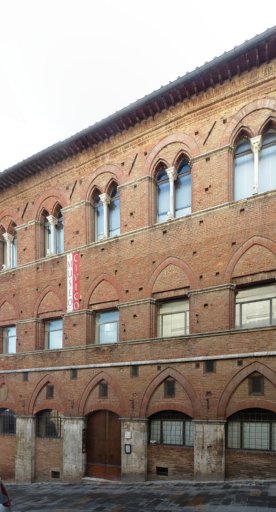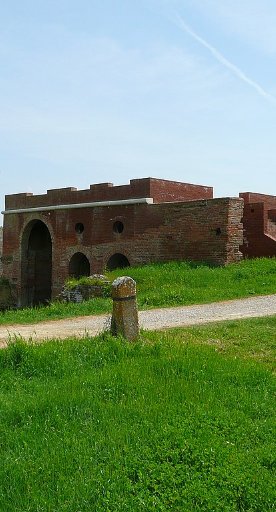Temple of San Biagio in Montepulciano
A masterpiece of Renaissance architecture stands just outside the town
The Temple of San Biagio rises just outside the village of Montepulciano and is one of the masterpieces of Italian Renaissance architecture, built between 1518 and 1548 to a design by Antonio da Sangallo the Elder, who took as his model the basilica of Santa Maria delle Carceri in Prato, with its centralized Greek-cross plan taken from Brunelleschi.
The church and adjacent rectory were built of travertine blocks taken from the nearby quarries of Sant'Albino, on the site of an ancient early Christian church dedicated to the Virgin and later to St. Blaise. The temple, consecrated in 1537, has a central dome and a semicircular apse, inside of which is the sacristy. On the opposite side are placed two bell towers, of which only the one on the left is completed.

The altars inside are simple and devoid of furnishings, with the exception of the High Altar, which displays numerous decorative elements. In one wall one can still admire a fresco of the Madonna Enthroned with Child, known as the Madonna of San Biagio, dating back to the 14th-century Sienese to which, in 1518, miraculous powers were attributed: this was how the project for the new temple of the city of Montepulciano was born, also supported by Pope Leo X.
The rectory in front of the church was also designed by Sangallo and built around 1550 and features a double loggia. The well in front of the building was erected between 1550 and 1551 and originally had two columns with travertine lintels.






